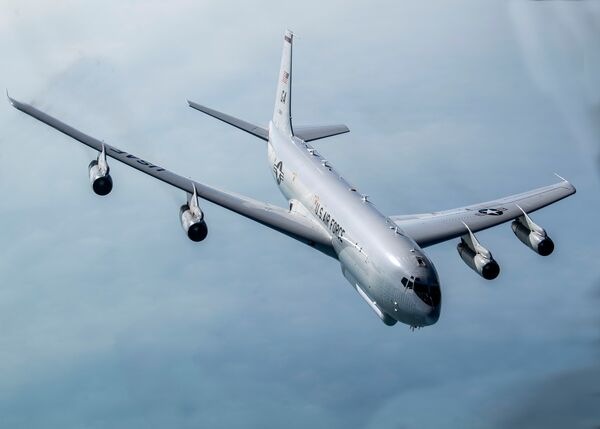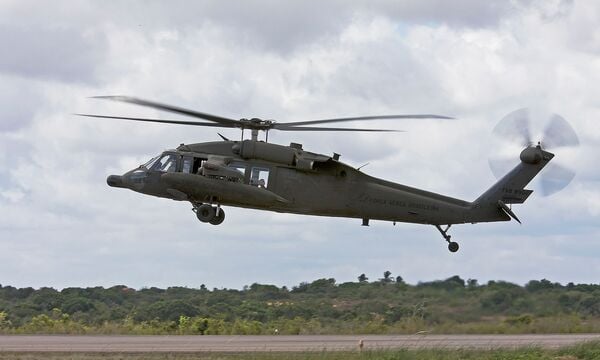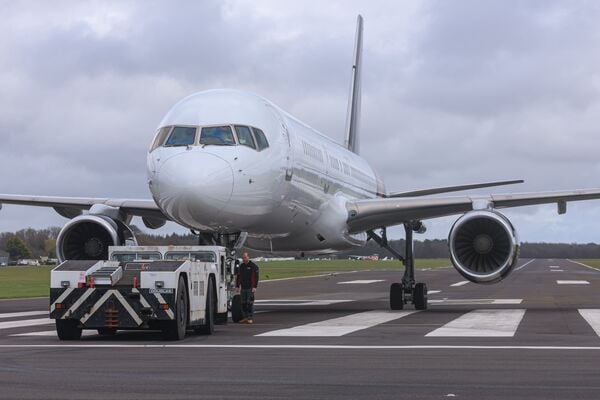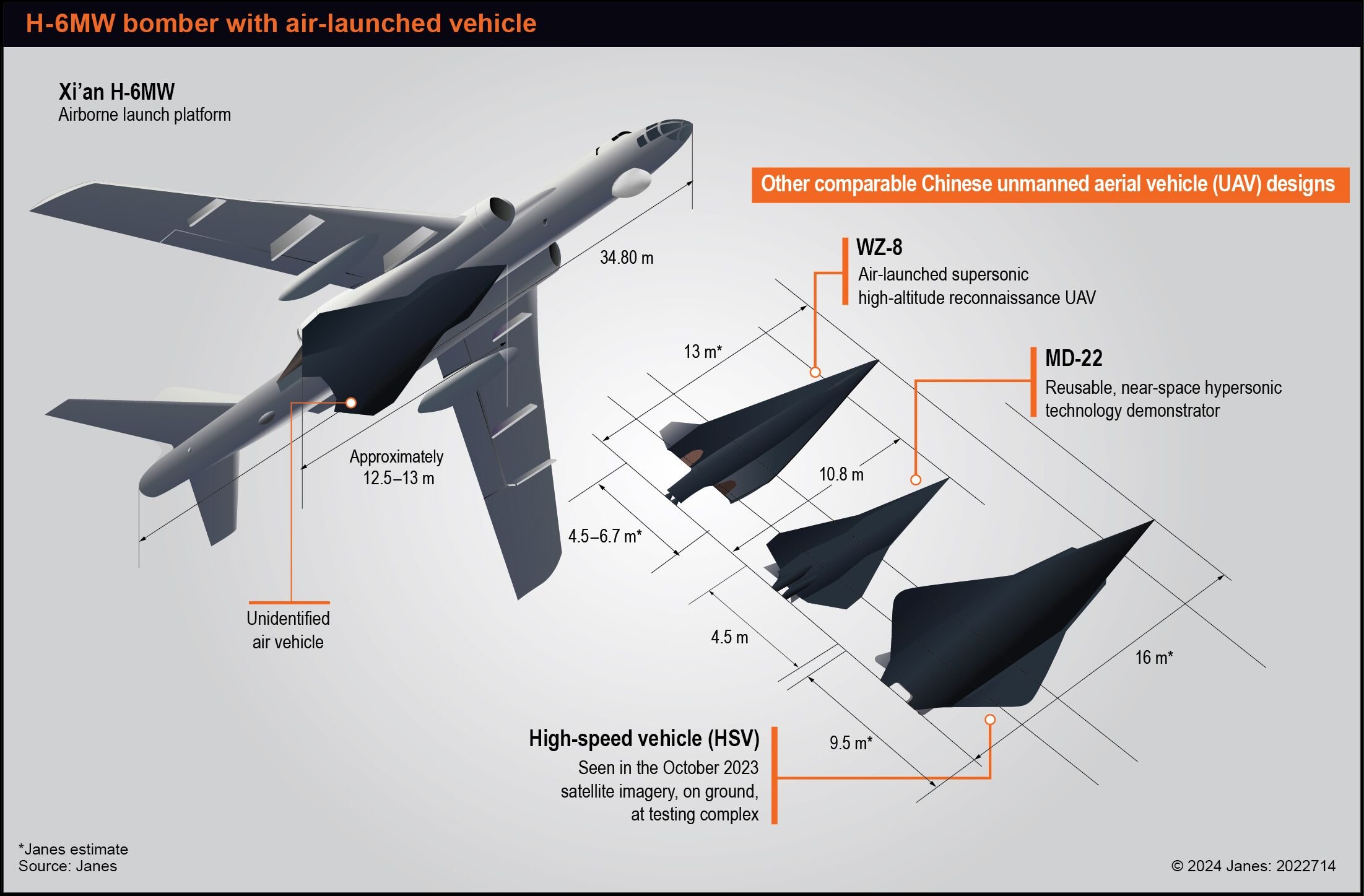- About
- Intara
- Capabilities
- Advisory
- Resources
- News
- Store
NATO loses ISR capability over Ukraine as Putin closes airspace
24 February 2022
by Gareth Jennings


NATO aircraft, such as the US Air Force's E-8 JSTARS, have been operating over Ukraine for a few weeks, providing invaluable intelligence on Russia's buildup of forces. With President Putin closing down the country's airspace on 24 February, these assets will now have to operate in alliance and international airspace instead. (US Air Force)
NATO has lost its ability to conduct airborne intelligence, surveillance, and reconnaissance (ISR) overflights of Ukraine, with the closure of the country's airspace by Russia.
Just prior to Russian President Vladimir Putin announcing his intent to send forces into Ukraine beyond the current borders of the breakaway regions of Donetsk and Luhansk, Russia issued a decree closing airspace across the northeast of the country, while military action across much of the remainder of Ukraine has had the same effect. Immediately following the launch of Russian military action in the early hours of 24 February, online flight-tracking services recorded manned and unmanned NATO ISR aircraft departing Ukraine for alliance and international airspace.
For a few weeks prior to Russia's wider invasion of Ukraine, NATO member air forces and alliance assets flew unprecedented, and almost continuous, ISR flights over Ukraine itself, building a picture of the ramp-up of Russian forces on the country's borders.
Since late 2021 alliance ISR assets operating over Ukraine have included US Air Force (USAF) Northrop Grumman E-8C Joint Surveillance Target Attack Radar Systems (JSTARs), Boeing RC-135 Rivet Joint signals intelligence (SIGINT) aircraft, and Northrop Grumman RQ-4 Global Hawk high-altitude long-endurance (HALE) unmanned aerial vehicles (UAVs); US Army Bombardier Challenger 650-based Airborne Reconnaissance and Targeting Multi-Mission Intelligence System (ARTEMIS) aircraft for electronic intelligence (ELINT) and communications intelligence (COMINT); UK Royal Air Force (RAF) Rivet Joints; and NATO RQ-4D Phoenix UAVs, among others.
The launch of renewed Russian military operations in Ukraine means that it is no longer safe for these and other unarmed ISR platforms to operate directly over the country, limiting their activity to alliance and international airspace close to Ukraine's borders. At the time of publication, a NATO Phoenix UAV, callsign FORTE12, was seen to be the last alliance aircraft to depart Ukrainian airspace to take up position over the Black Sea.
With Ukrainian airspace closed, Russia has launched its invasion of Ukraine with a series of cruise missile attacks on airfields, including on those located far from the country's eastern border area that has been the focus of tensions to date. Videos posted online showed a 3M-54 Kalibr (SS-N-27A ‘Sizzler’) cruise missile striking locations such as the Ivano-Frankivsk airport in the far west of Ukraine, just 100 km from the border with Slovakia. The intent of these strikes appears to be to ground the Ukrainian Air Force, and to establish Russian air dominance in support of its ground operations. Following these strikes it was reported that at least one Ukrainian Air Force Sukhoi Su-27 ‘Flanker' combat aircraft had flown to and landed in Romania.
In terms of the wider air campaign, the Ukrainian government reported at the time of publication that its forces had shot down five Russian aircraft and one helicopter, although Moscow denied this.
Brazilian Army seeks 12 UH-60M Black Hawk helicopters
25 April 2024
by Victor Barreira


A Brazilian Air Force UH-60L Black Hawk. The Brazilian Army is set to replace its HM-2 Black Hawk fleet with newer examples. (Leandro Maldonado)
The Brazilian Army is to acquire 12 Sikorsky UH-60M Black Hawk utility helicopters to replace its eight HM-3 Cougar and four HM-2 Black Hawk helicopters, said Army Commander General Tomás Miguel Miné Ribeiro Paiva during a 17 April presentation to the Brazilian Committee on Foreign Relations and National Defense.
Gen Tomás noted that the fleet is to be purchased through the US Foreign Military Sales (FMS) programme and entails purchasing surplus helicopters, which will be refurbished before transfer to the Brazilian Army Aviation Command (CAvEx).
The acquisition is being carried out as part of the Army Strategic Program Army Aviation (Prg EE Av Ex). The phasing out of the Cougar and Black Hawk helicopters was approved in December 2023.
The HM-3 is fielded by the 2nd Army Aviation Battalion and the 3rd Army Aviation Battalion, and the HM-2 is deployed by the 4th Army Aviation Battalion.
Initial flight trials demonstrate Excalibur FTA ‘fit for purpose‘, says Leonardo
25 April 2024
by Gareth Jennings


Seen after being delivered to 2Excel's facility in Lasham, Hampshire, in 2023, the 757 airframe that is to be converted into the Excalibur FTA made its first flight from MoD Boscombe Down. (Leonardo)
Initial flight trials of the 757 airframe that is to be converted to the Excalibur Flight Test Aircraft (FTA) project to de-risk the Tempest future fighter have shown it to be “fit for purpose”, an official from Leonardo told Janes .
Speaking at a UK industry showcase event for the future combat air power, including the Global Combat Air Programme (GCAP) of which the Tempest demonstrator is a part, Dave Morris, head of campaigns Future Combat Air – GCAP at Leonardo, said the first round of flight trials out of Ministry of Defence (MoD) Boscombe Down in southern England had gone well and that there should be no issues ahead of fitting aircraft with its Tempest mission equipment.
New aerial vehicle seen on Chinese H-6 bomber
24 April 2024
by Akhil Kadidal


This conceptualised graphic of a new air-launched vehicle recently carried by a Xi'an H-6MW bomber is based on a low-quality photograph. The new air vehicle is possibly based on the design and development of other Chinese air vehicles such as the WZ-8 and MD-22, and a new HSV. (Janes)
A Chinese Xi'an Aircraft Company (XAC) H-6MW bomber has been photographed in flight while carrying a new type of air-launched vehicle.
The H-6MW is a specialised, cruise missile-carrying variant of the People's Liberation Army Air Force's (PLAAF's) strategic bomber. Janes has previously assessed that the aircraft is the airborne launch platform for the Aviation Industry Corporation of China (AVIC) WZ-8 supersonic, high-altitude reconnaissance unmanned aerial vehicle (UAV).
However, the new aerial vehicle seen carried by the bomber differs in design from the WZ-8, suggesting it could be part of a new programme to develop a supersonic or hypersonic air vehicle. A photograph of the H-6MW carrying the new aerial vehicle first appeared on Chinese social media from the third week of April. The programme is likely inspired by the WZ-8 programme.
NATO has lost its ability to conduct airborne intelligence, surveillance, and reconnaissance (ISR) o...
Latest Podcasts
Iran Israel analysis
In this podcast Janes analysts discuss the Iranian attacks on Israel on the 14 April. They highlight the military systems used by Iran and the performance and impact of these on Israel. They also discuss the implications of this attack goi...
Listen nowJanes Case Studies
Using Janes Intara to build a common intelligence picture: Russian build up on the Ukrainian border
View Case StudyNews Categories
 Defence Details
Defence Details